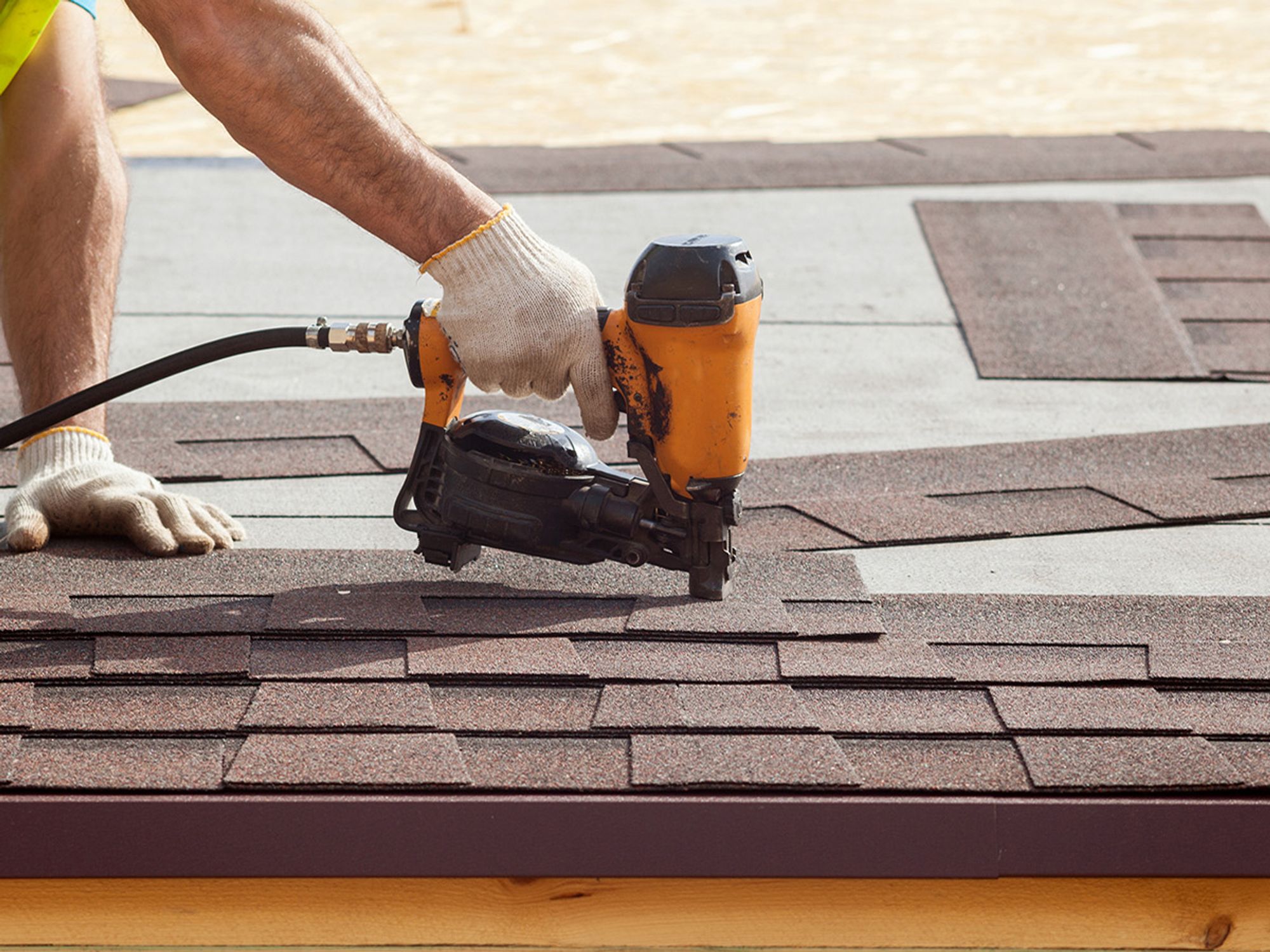Hazards of powder-actuated tools

- Powder-actuated tools must only be operated by workers who are properly trained in their use.
- Workers must observe several safety precautions when using powder-actuated tools, such not loading the tool until it is ready to be used, not pointing the tool at others, and not using the tool on improper materials.
Powder-actuated tools operate like a loaded gun and must be treated with extreme caution. In fact, they are so dangerous that they must be operated only by specially trained employees.
When using powder-actuated tools, an employee must wear suitable ear, eye, and face protection. The user must select a powder level — high or low velocity — that is appropriate for the powder-actuated tool and necessary to do the work without excessive force.
The muzzle end of the tool must have a protective shield or guard centered perpendicular to and concentric with the barrel to confine any fragments or particles that are projected when the tool is fired. A tool containing a high-velocity load must be designed not to fire unless it has this kind of safety device.
To prevent the tool from firing accidentally, two separate motions are required for firing. The first motion is to bring the tool into the firing position, and the second motion is to pull the trigger. The tool must not be able to operate until it is pressed against the work surface with a force of at least 5 pounds (2.2 kg) greater than the total weight of the tool.
If a powder-actuated tool misfires, the user must hold the tool in the operating position for at least 30 seconds before trying to fire it again. If it still will not fire, the user must hold the tool in the operating position for another 30 seconds and then carefully remove the load in accordance with the manufacturer’s instructions. This procedure will make the faulty cartridge less likely to explode. The bad cartridge should be put in water immediately after removal. If the tool develops a defect during use, it should be tagged and taken out of service immediately until it is properly repaired.
Several safety precautions must be followed when using powder actuated tools. Workers should always:
- Inspect the tool before using it to determine that it is clean, that all moving parts operate freely, and that the barrel is free from obstructions and has the proper shield, guard, and attachments recommended by the manufacturer.
- Keep hands clear of the barrel end.
Workers should never:
- Use a tool in an explosive or flammable atmosphere.
- Load the tool unless it is to be used immediately.
- Leave a loaded tool unattended, especially where it would be available to unauthorized persons.
- Point the tool at another person.
When using powder-actuated tools to apply fasteners, several additional procedures must be followed:
- The user should not fire fasteners into material that would allow the fasteners to pass through to the other side.
- The user should not drive fasteners into very hard or brittle material that might chip or splatter or make the fasteners ricochet.
- An alignment guide should always be used when shooting fasteners into existing holes.
- When using a high-velocity tool, users should not drive fasteners more than 3 inches from an unsupported edge or corner of material such as brick or concrete.
- When using a high velocity tool, the user should not place fasteners in steel any closer than one-half inch from an unsupported corner edge unless a special guard, fixture, or jig is used.
